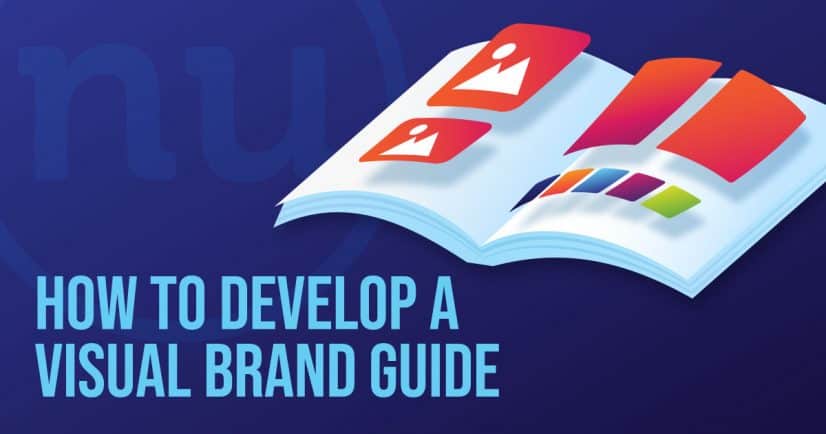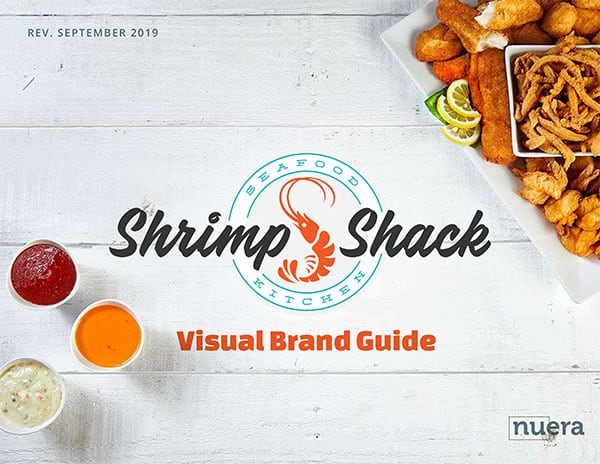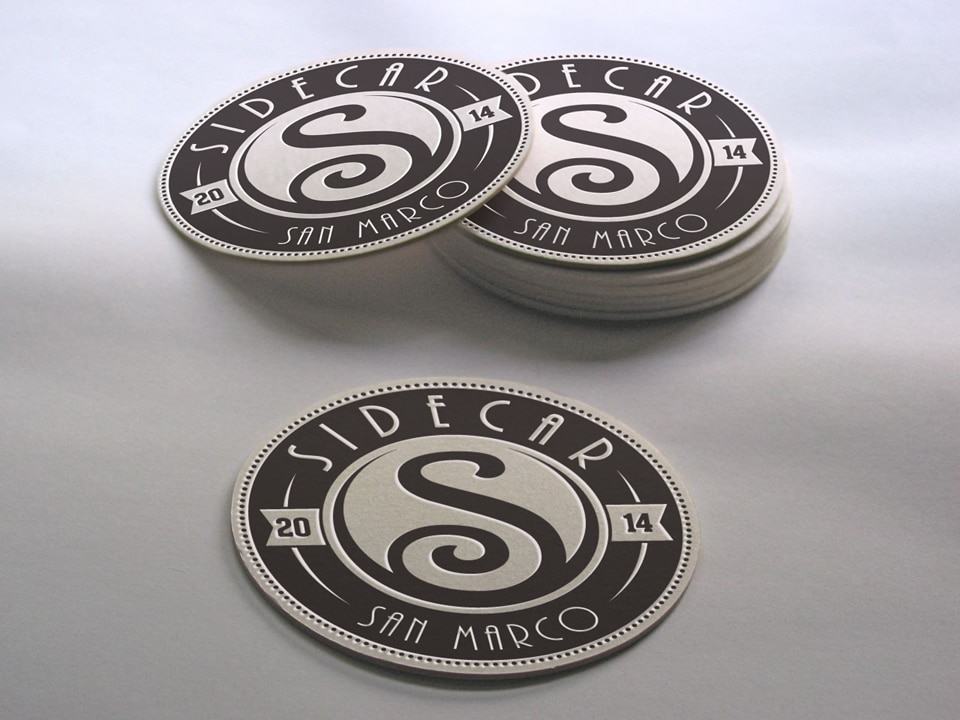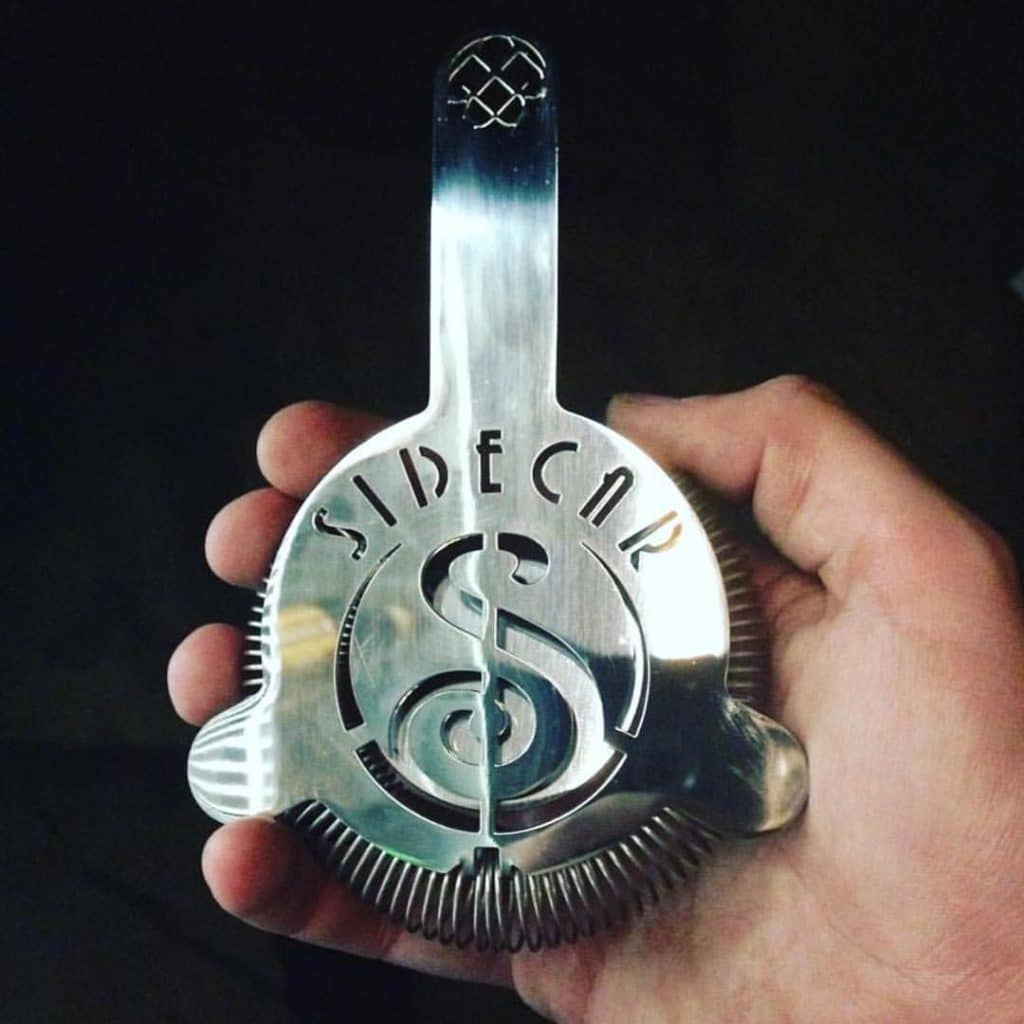I’m lucky to be able to do what I love for a living and brand design is at the very top of my list. However, if there were ever a delusion I would love to dispel as a brand designer, it would be that a logo is not a brand unto itself. A true visual brand system directs every deliberate detail of a company or organization, from its primary logo down to its corporate letterhead. It’s the all-encompassing standard designed to answer any question about a brand’s visual identity long before it’s been asked. Through this post, we’ll share the value in developing a visual brand system and aim to provide ‘the why’ behind how to design a brand guide.
Audience Research & Color Study
Now hold your horses, before we can dive into the fun and meaningful work of visual brand design we must first work through the decidedly less sexy task of audience research. This research should always include such fundamentals as gender and age but can be influenced by less tangible factors like the competitive landscape, industrial demographics, and even the age of the organization. We regularly speak to the importance of identifying your audience and, in virtually every case that matters, the client is typically not the audience. A signoff is worthless if the brand doesn’t meet its customers where they are and engage them.
 From here we utilize psychographic data to educate our design choices from color palette to typography and beyond. If we know for example that statistically, women are less attracted to orange or that the 55-64 age demographic are turned off by handwritten brush fonts we can be more strategic in gaining the attention of our target audience. We’ve written at length about the importance of color theory in brand design and this alone can be one of the most valuable points gleaned from this exercise as you move through the early creative process.
From here we utilize psychographic data to educate our design choices from color palette to typography and beyond. If we know for example that statistically, women are less attracted to orange or that the 55-64 age demographic are turned off by handwritten brush fonts we can be more strategic in gaining the attention of our target audience. We’ve written at length about the importance of color theory in brand design and this alone can be one of the most valuable points gleaned from this exercise as you move through the early creative process.
Concept Design & Client Feedback
Once we have data in hand we can use it to educate our design choices. This is where the fun begins as we set our imaginations loose and let the pixels fly. Using your preferred vector design software, we recommend starting a sandbox where you can begin spitballing ideas as a variety of design directions emerge. Some of these doodles will mature into finished concepts, while others will be left on the cutting room floor. These experiments may result in a number of similar concepts but at this stage, you just want to identify where the natural conceptual divisions lie.
 Typically, we like to internally flesh out our best 3-4 concepts in a document that showcases each with primary and alternate marks, icons, colors, and then a brief brand in-use slide. This is when we reconvene with the client to pitch the various concepts and collect their feedback. This is a vital step in the process because it provides the client an opportunity to have their voice heard and put their fingerprints on the final product without any one concept becoming too diluted.
Typically, we like to internally flesh out our best 3-4 concepts in a document that showcases each with primary and alternate marks, icons, colors, and then a brief brand in-use slide. This is when we reconvene with the client to pitch the various concepts and collect their feedback. This is a vital step in the process because it provides the client an opportunity to have their voice heard and put their fingerprints on the final product without any one concept becoming too diluted.
Guide Development
If we’ve done our job correctly then we’ll have an excited client who’s greenlit their preferred concept and we can now get to work extrapolating on the chosen direction. This is personally my favorite part of the process because it allows us to think deep into the brand’s current and future needs. There are many famous examples of this detailed method of design thinking, including the famously exhaustive 1976 NASA Graphics Standards Manual or the 1970 New York City Transit Authority Graphic Standards Manual. Thankfully, a brand doesn’t need a 200-page tome of exacting specifications in order to maintain good standards.
At a minimum, a visual brand guide should include:
- Primary & Alternate Logos
- Icon System
- Color Palette
- Typography
- Imagery & Textures
- Approved & Disapproved Usage
Now, if we happen to be designing for a larger company, or simply want to apply a leave-no-stones-unturned approach for an earlier stage company with big plans, we might also include an infinite number of subsections that could include, but are in no way limited to:
- Audience Data
- Brand Tone/Voice
- Business Cards & Correspondence
- Brand In-Use
- Uniforms
- Merchandising
- Internal Communications
- Fleet Design
- Social & Digital Design
- Signage
Feel free to browse through these examples of a variety of visual brand guides we’ve developed over the years.
Bringing Our Brand to Life
At the completion of our project, we will finalize the guide, export and package every single file in a variety of formats, and then deliver the entire archive to the client. Ideally, they never look to anyone besides our agency to design future campaigns; however, once this system is in their hands, they are empowered to begin applying these brand standards to any downstream need. We could probably write a novel on the insights we’ve gleaned about any one section of such a guide, but it’s our hope that this overview helps to better highlight the value that a visual brand guide can lend to an organization.
About the Author

Grant Nielsen
As our creative director, Grant is responsible not only for the form but also the function of Nuera’s marketing materials and products. He has been a professional designer since 2002 and remains a leading voice in the creative chorus of Northeast Florida.






